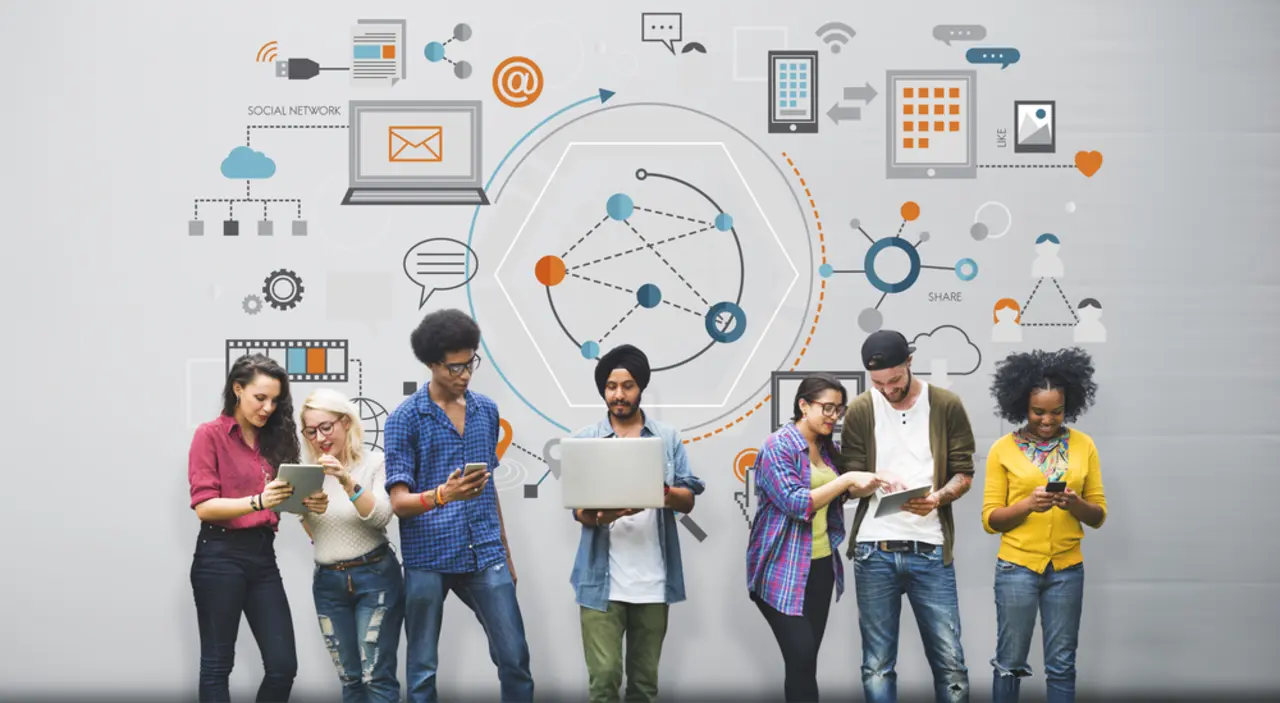Author: Johnathan Woodard - Page 6
What is superior to technology?
Technology has come a long way in recent years, but there are still many things that are superior to it. Humans are more creative and can come up with innovative solutions to problems that technology cannot. Our ability to think outside the box and make decisions in the moment is something technology will never be able to replicate. We also have the advantage of emotions, intuition, and empathy. These are essential for building relationships, understanding complex situations, and making ethical decisions. Technology may be faster and more efficient in certain areas, but it will never replace the human touch. In the end, our unique qualities are what make us superior to technology.
How close are we to artificial intelligence?
Artificial intelligence (AI) is rapidly advancing and has become a major driving force of technological development. We are now closer than ever to AI that can think and act like humans, with the potential to revolutionize how we live, work, and interact with one another. AI is already being used in a variety of applications, from self-driving cars to robotic assistants, and its potential is only beginning to be explored. AI promises to revolutionize the way we interact with machines, allowing us to automate mundane tasks and freeing up our time for more meaningful pursuits. AI could also revolutionize the way we interact with each other, by enabling machines to learn from our behaviour and make decisions based on that data. AI may still be in its early stages, but the potential of this technology is limitless, and we can expect to see it become an integral part of our lives in the near future.
How has technology changed our lives?
Technology has revolutionized our lives in ways we could not have imagined only a few decades ago. From being able to communicate with people around the world with the click of a button to being able to access a vast wealth of knowledge and information from the comfort of our homes, technology has had a profound impact on how we live our lives. It has enabled us to work more efficiently, communicate more quickly, and stay connected to our loved ones despite physical distance. Technology has also enabled us to access entertainment, shop, and even go to school from the comfort of our own homes. There is no doubt that technology has made our lives easier, faster, and more convenient than ever before.
How is artificial intelligence impacting the workplace?
Artificial intelligence (AI) is rapidly changing the modern workplace. AI is enabling businesses to streamline processes, better understand customer needs, and work more efficiently. Automation and predictive analytics are helping organizations to reduce costs while increasing productivity. AI is also being used to improve customer service and develop new products and services. As AI continues to evolve, it is likely to have an even bigger impact on the workplace, allowing tasks to be completed faster and more accurately than ever before. Businesses that embrace AI are likely to gain a competitive edge and become more successful.
What are the important websites for technology updates?
Technology is constantly advancing and evolving, making it difficult to keep up with the latest advancements. Fortunately, there are a variety of important websites that can help you stay up to date with technology updates. Popular websites such as CNET, Mashable, and TechCrunch provide up-to-date information on the latest developments in technology. These websites are a valuable resource for staying informed on new trends in the tech world, featuring reviews, news, and insights from industry experts. Additionally, the websites provide helpful advice for those looking to purchase tech products. With these websites, you can stay ahead of the curve and ensure that you are never missing out on what’s happening in the tech world.
What is the future of electric cars?
Electric cars are the future of transportation. They are becoming increasingly popular due to their environmental benefits, convenience, and cost-effectiveness. The technology behind electric cars is constantly evolving, making them more efficient and affordable. In the coming years, electric cars are expected to become more mainstream, with more people choosing to use them as their primary mode of transportation. As the industry continues to grow, governments around the world are taking steps to incentivize the purchase of electric cars, offering discounts and incentives to those who make the switch. Electric cars are the way of the future and it is likely that they will continue to dominate the automotive industry in the years to come.
What excites you most about technology?
Technology is an ever-evolving field. It is constantly changing, and new advancements are always being made. This makes technology exciting for many people. Technology has the potential to make life easier, faster and more efficient. It can also help to open up new opportunities and make tasks easier to complete. People are often excited by the potential of what technology can do and the possibilities that it opens up. Technology can also be used to solve complex problems and make the world a better place.
How does Science and Technology benefit one another?
Science and Technology are two fields that are deeply interconnected. Technology is the application of scientific knowledge in order to build tools, machines, systems, and processes that solve problems and improve the quality of human life. Science relies on technology to explore the natural world and to help advance our understanding of the universe and its laws. Technology, in turn, relies on scientific inquiry and experimentation to create new tools and processes. The mutual reliance between science and technology has created a positive feedback loop, where advances in one field can lead to advances in the other. Ultimately, the relationship between science and technology is essential for the advancement of both fields, leading to improved human life and a better understanding of our universe.
Is there an alternative to artificial intelligence?
The article explores the alternative to artificial intelligence (AI) as a technology which is increasingly being used in many areas, such as healthcare, education, finance, and many more. The article suggests that an alternative to AI could be the use of augmented intelligence, which is the combination of AI and human intelligence. Augmented intelligence utilizes AI to enhance and improve human decision-making, rather than replacing it. The article also considers the potential of distributed intelligence, which is a decentralized approach to AI that uses a network of interconnected technologies. It is argued that distributed intelligence systems may be more resilient, secure and ethical than centralized AI solutions. Finally, the article concludes that while AI will remain an important technology, an alternative to artificial intelligence should be explored in order to maximize its potential.
What are some artificial intelligence technologies?
Artificial Intelligence (AI) is a rapidly growing field of technology that has enabled computers to learn, think and act on their own. AI technology is used in a variety of applications, from medical diagnosis to self-driving cars. AI can be divided into two main categories: supervised and unsupervised learning. Supervised learning involves providing the computer with input data and output data that is used to create a predictive model. Unsupervised learning involves allowing the computer to explore data and discover patterns on its own. AI technologies can be further divided into artificial neural networks, natural language processing, machine learning, and robotics. AI technology is being used in many industries and is expected to revolutionize the way we live and work.









